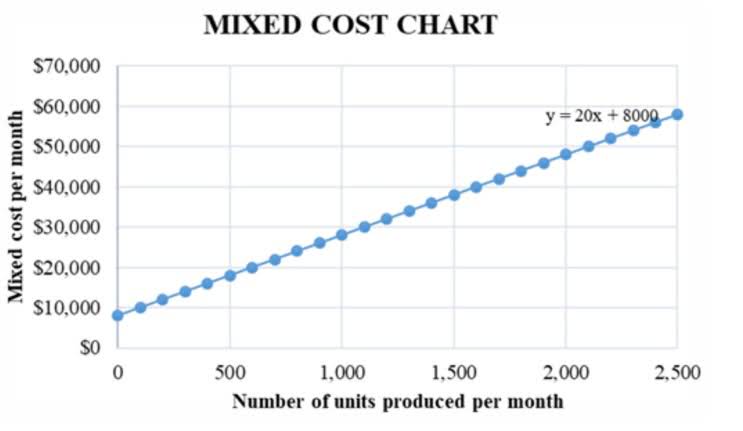
Close


As the budget can be made for any activity, the variance should also be analyzed separately for these activities. The variance analyses can help the management to understand the causes and cost drivers behind the change, positive or negative. When sales fluctuate or unexpected expenses arise, a flexible budget adjusts accordingly. This keeps your financial plan relevant and accurate, no matter what changes occur. Predicting your costs ahead of time is a great way of controlling them. Since a flexible budget empowers the finance team to think ahead and rein in spending under certain scenarios, it gives the finance team much more robust cost controls.


Typically, these adjustments are predetermined to avoid scalability challenges, like taking on more clients than the company can handle. In this, one prepares different budgets for varied activity levels. Among all, the one closer to the actual activity is to be considered. After that, one needs to analyze the performance and cost analysis by comparing both.
A business is expecting to sell 10,000 units in a quarter and builds budgets based on this assumption. Creating a flexible budget can be done alone, but it’s worthwhile to consult with members of other teams to figure out some of the following steps. When things are going well, you want to spend to capitalize on that activity. But when things aren’t going well, businesses need to Insurance Accounting make tough decisions on what to cut.
The Variable cost should be used as per unit or per activity level in the equation. Accruing tax liabilities in accounting involves recognizing and recording taxes that a company owes but has not yet paid. This is important for accurate financial reporting and compliance with… Understanding and evaluating your previous budgets will help you create a more accurate future budget, which makes everybody’s job easier and stabilizes the company’s finances.

Establish a range of activity levels, such as low, medium, and high, to cover various scenarios. This range provides a framework for adjusting what is a flexible budget in accounting your budget based on actual performance. Consequently, the flex budget tends to include only a small number of step costs, as well as variable costs whose fixed cost components are not fully recognized. Fixed costs remain constant regardless of your business activity levels. These costs do not fluctuate with changes in production or sales volume.

This means that the variances will likely be smaller than under a static QuickBooks budget, and will also be highly actionable. In its simplest form, the flex budget uses percentages of revenue for certain expenses, rather than the usual fixed numbers. This allows for an infinite series of changes in budgeted expenses that are directly tied to actual revenue incurred. However, this approach ignores changes to other costs that do not change in accordance with small revenue variations. Consequently, a more sophisticated format will also incorporate changes to many additional expenses when certain larger revenue changes occur, thereby accounting for step costs.

Static budgets usually consider fixed costs, set targets to achieve results within the allocated resources. However, budgets are planned well before the actual production begins. The management may decide to change the production levels, depending on sales targets and other factors. The static budgets may then act as a starting point for a flexible budgeting approach. The revised budgets can then be compared with actual results to analyze realistic variance factors.
Hotel Korsal
Šetalište Frana Kršinića 80
20260 Korčula, Hrvatska


Telefon: +385 20 715 722
E-mail: info@hotel-korsal.com